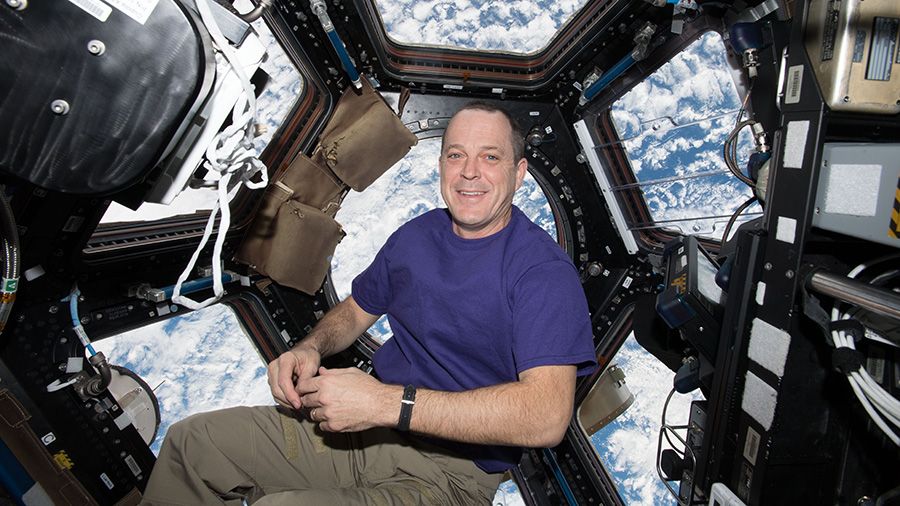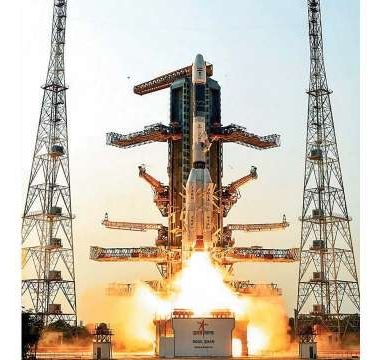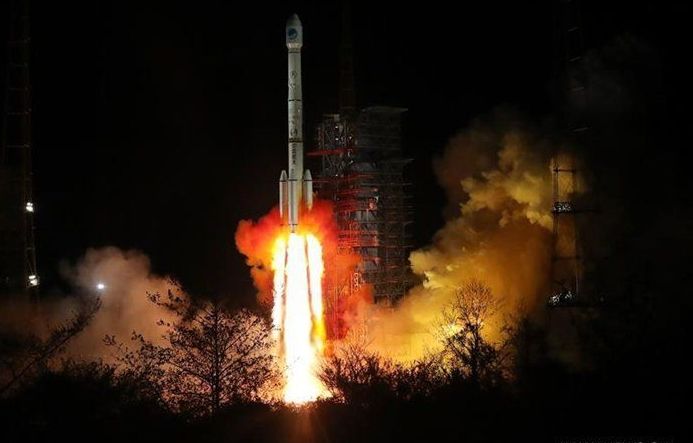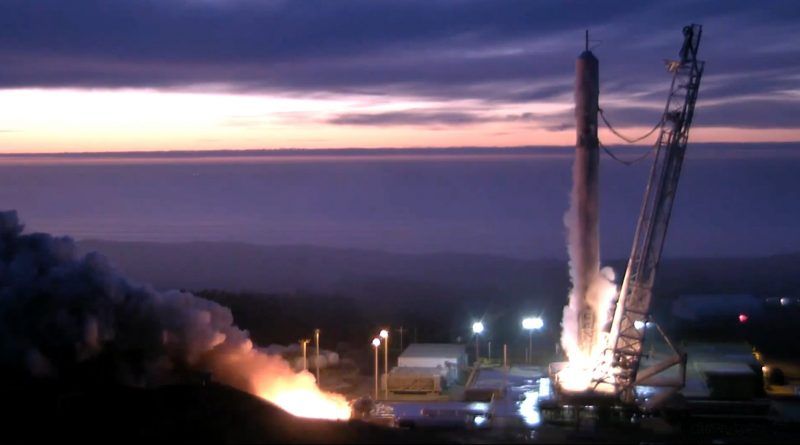Okay, if you’ve got some spare time, check out this amazing website called Stuff in Space. It’s a simulation of every satellite (alive or dead), space station, and large piece of space junk orbiting the Earth right now.
You can zoom in and out, rotate the Earth and its satellites around. Pick any one object and discover more information about it. Or just leave it running and watch all the objects buzz around in real time. Humans have been busy launching a lot of stuff, and it’s only going to increase.
The simulation was made by James Yoder, an incoming Electrical and Computer Engineering freshman at the University of Texas at Austin, and it’s based on data supplied by Space Track, which is a service of the Joint Space Operations Center. They have a bunch of handy data feeds and APIs that you can use track orbital objects, but I’ve never seen anything as creative as this.







